The secret Capital: Cultural pearl in the south of Poland
Many Polish people consider Krakow to be the secret capital of Poland due to its history. Its architecture exudes a very special charm: it is probably a mixture of fairy tales, the Middle Ages and a touch of morbidity. This is a traveladvice to Krakow - the town who isn't only the secret Capital of Poland, it is a hidden cultural pearl too with vibrant streets and museums
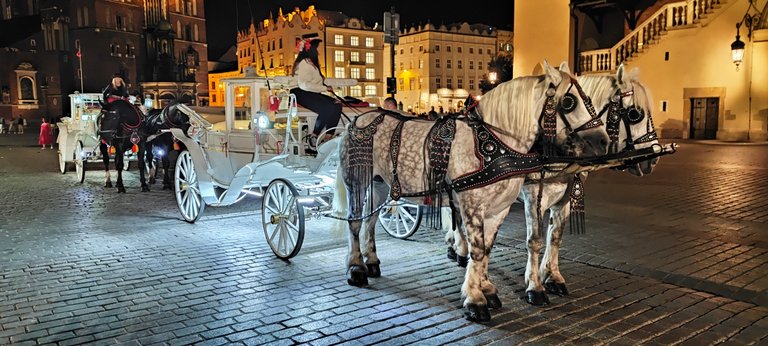
The city, whose unofficial name to this day is Stołeczne Królewskie Miasto Kraków ('Royal Capital Kraków'), is only the capital of the Lesser Poland Voivodeship, located around 290 km southwest of the real capital, Warsaw, and is significantly smaller with around 780,000 inhabitants. But it is true: This isn't only the secret Capital, it is a hidden cultural pearl in the south of Poland.
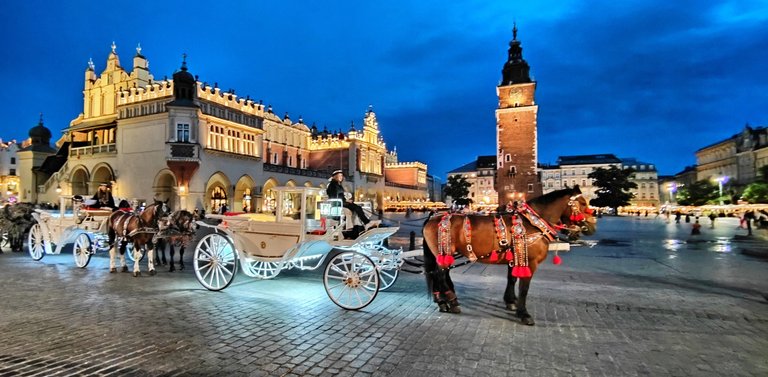
Gothic, Renaissance, Baroque
But the story doesn't let Krakow go. The country's second largest city was the capital of the Kingdom of Poland until 1596 and is proud of it to this day. The Jagiellonian University is - after Prague - the second oldest Central European university.
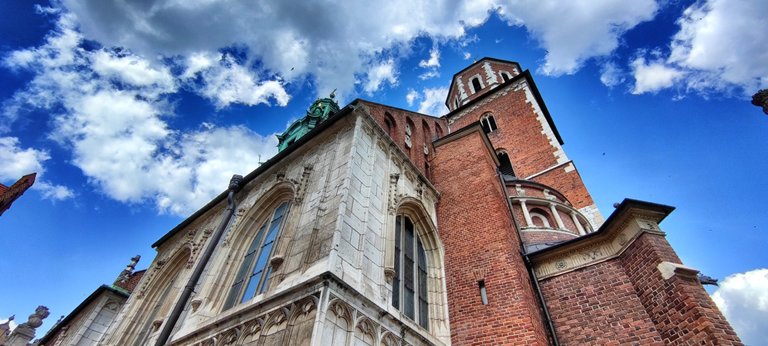
Numerous buildings from the Gothic, Renaissance, Baroque and later periods of art history characterize the cityscape, which no longer looks as shabby and run-down as it did 35 years after the end of communism earlier.
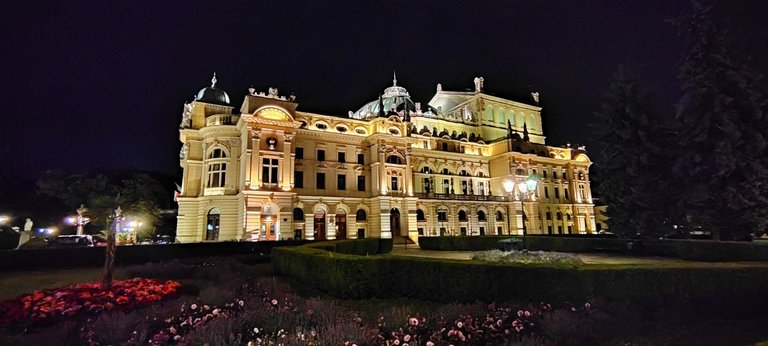
Quite the opposite. It's bubbling. It's teeming. It's bustling. What goes on during the day in the largest medieval marketplace in the world has a Babylonian dimension. In the number of passers-by, in the variety of languages, in the temptations for the senses, bellies and wallets.
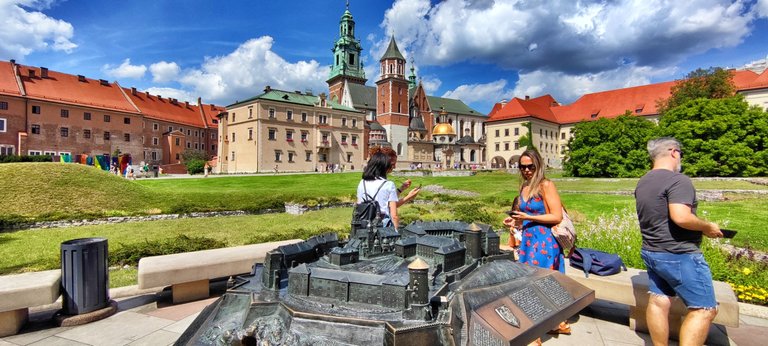
Restaurants with holiday seats surround the square, children have fun at a fountain and tourists feed hundreds of friendly pigeons.
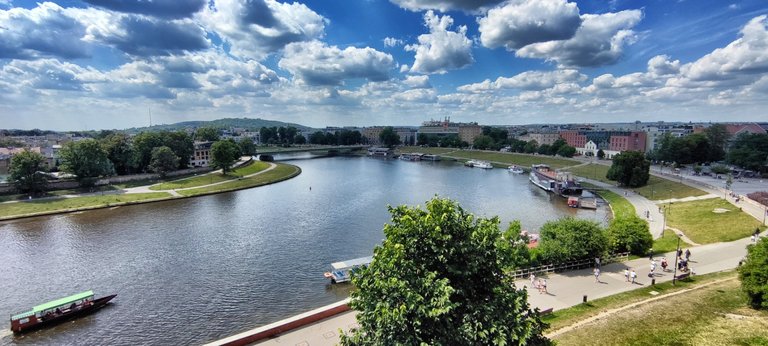
Tradition and modernity
In Krakow, tradition and modernity come together: in the Stare Miasto, countless places of worship are lined up side by side, with papal statues in between, and buildings from more than three artistic eras come together in the medieval Wawel Castle. Just a stone's throw away, in the former Jewish district of Kazimierz, young people celebrate wild parties with the best Polish vodka.
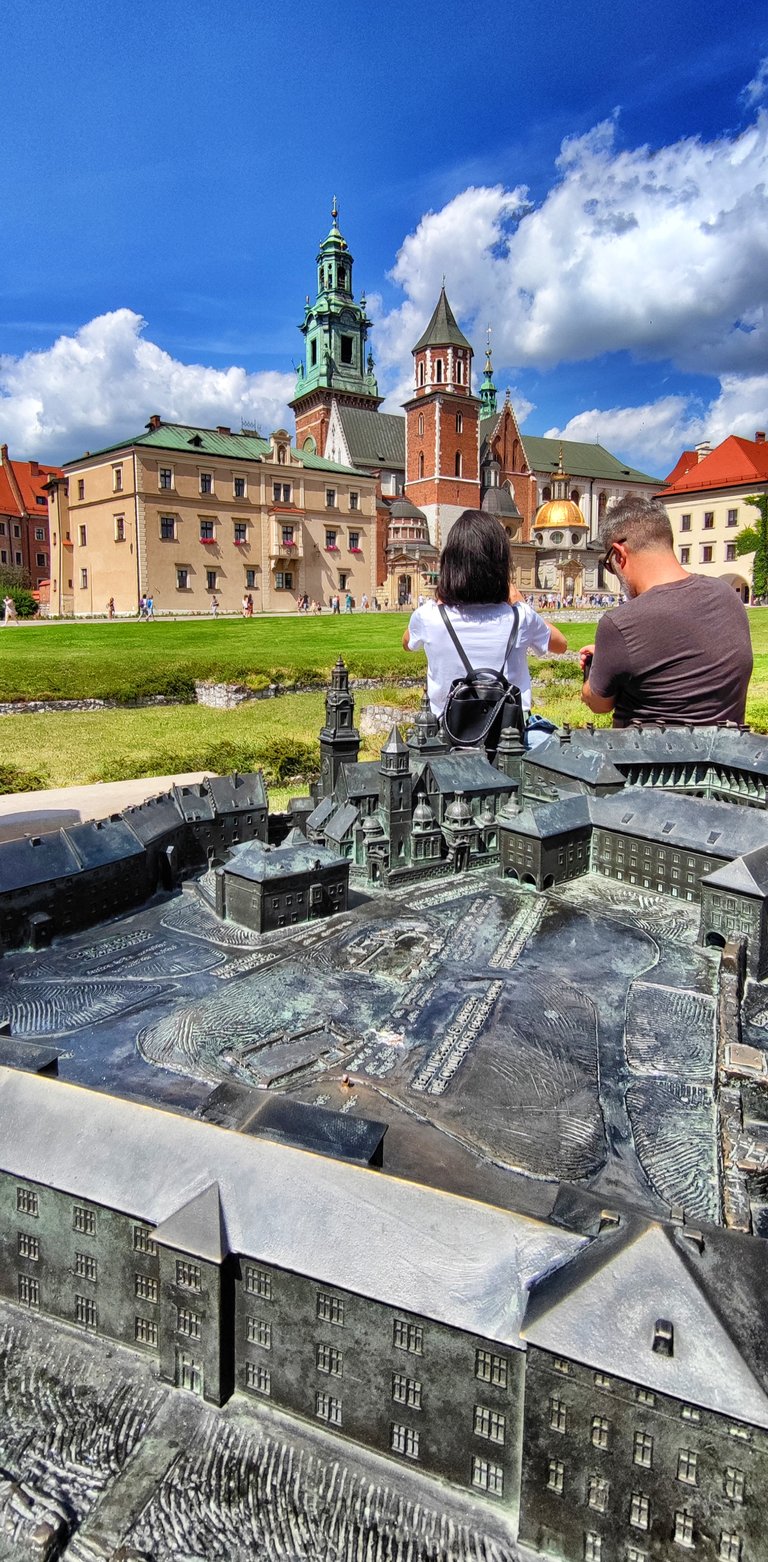
Surprisingly, there are often ladies holding the reins of the horse-drawn carriages, vying for new customers every minute. Young acrobats perform adventurous contortions in front of the national monument. There is a fakir sitting seemingly weightless in the air, while the red and yellow dragon, sweating, looks for victims for a snapshot.
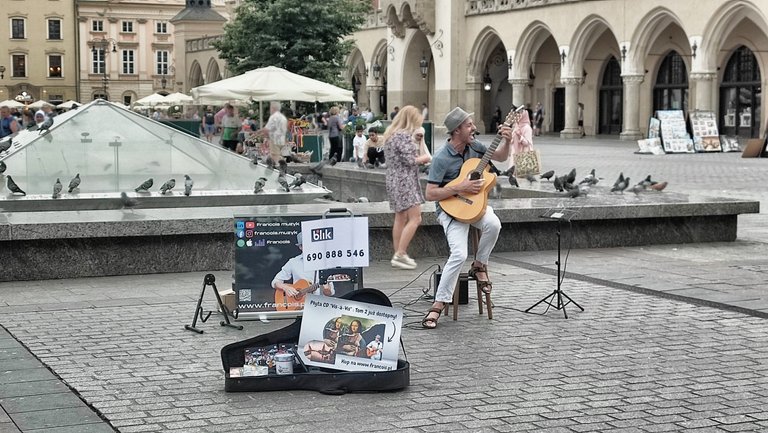
A jazz band in the beer garden under the clock tower creates a relaxed feeling, and the Michael Jackson parody with a Michael Jackson puppet isn't that bad either. In short: madness rages on the 200 by 200 meter square of the Rynek in Krakow.
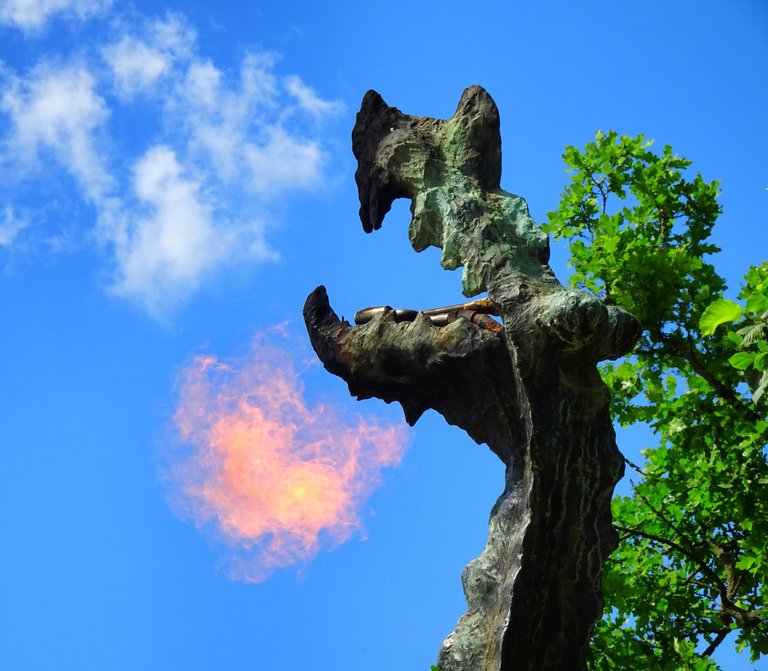
The bells of St. Mary's Church
Once an hour, however, all activity stops for a moment. Then your eyes turn to the north tower of St. Mary's Church. From there a trumpet signal sounds in all four directions and stops in the middle of the game. In memory of the brave tower blower who fearlessly sounded the alarm during a Tartar attack until a Mongol arrow fatally hit him in the throat.
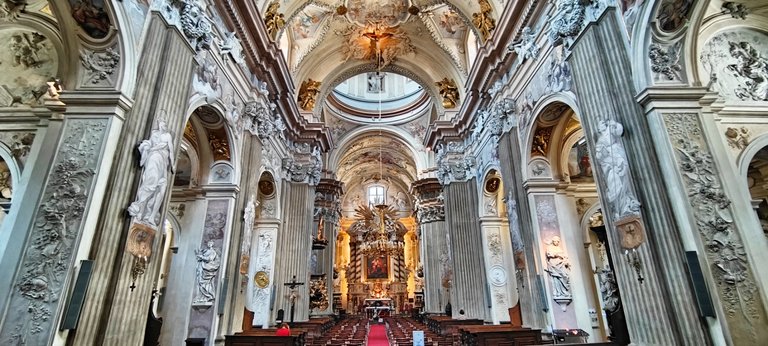
There is a feast for the eyes a good 50 meters below the Turmbläserstube. The interior of the basilica is adorned with one of the greatest treasures of late Gothic art: the monumental high altar by Veit Stoss.
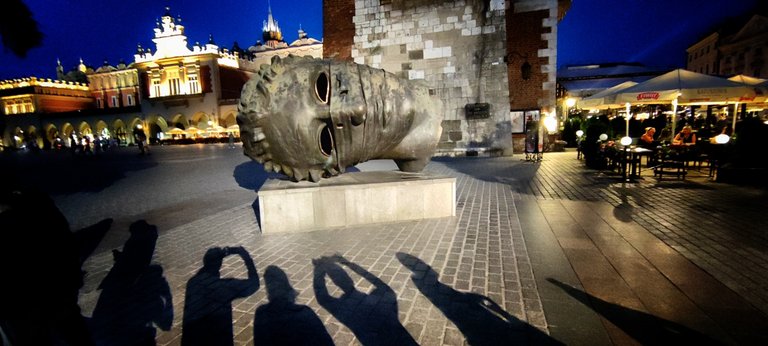
From 1477 to 1489, the Nuremberg master carved this outstanding work of art from oak and lime wood, which, in addition to its dimensions, is particularly impressive because of the expressiveness of the figures.
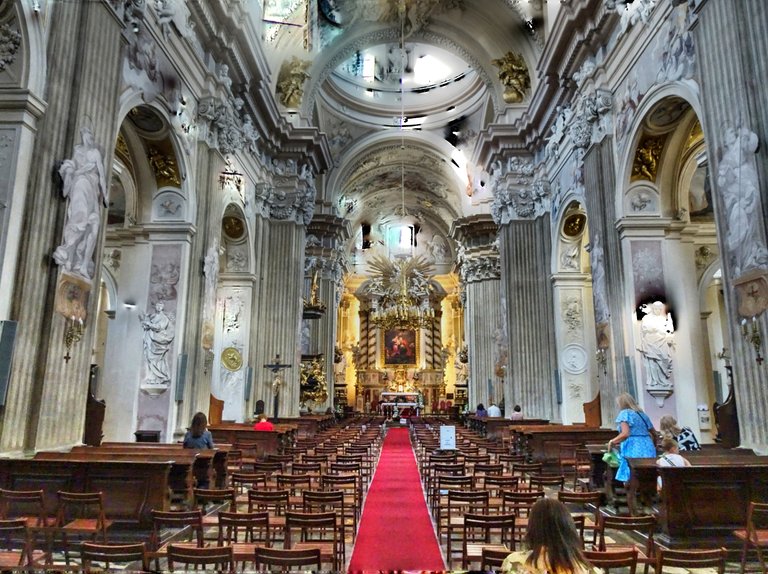
The magic of glass
But other Krakow churches also have highlights up their sleeve. Who could resist the magic of the fantastic stained glass windows in the Franciscan monastery - the most famous one shows God the Father creating the world.

The Church of the Holy Cross is the prime example of Kraków Gothic. And while Wawel Cathedral - the coronation cathedral of Poland's rulers - is an unparalleled stylistic smorgasbord, the works of art inside were created in almost a millennium of Christian culture, making this cathedral one of the most remarkable places of worship in the world.
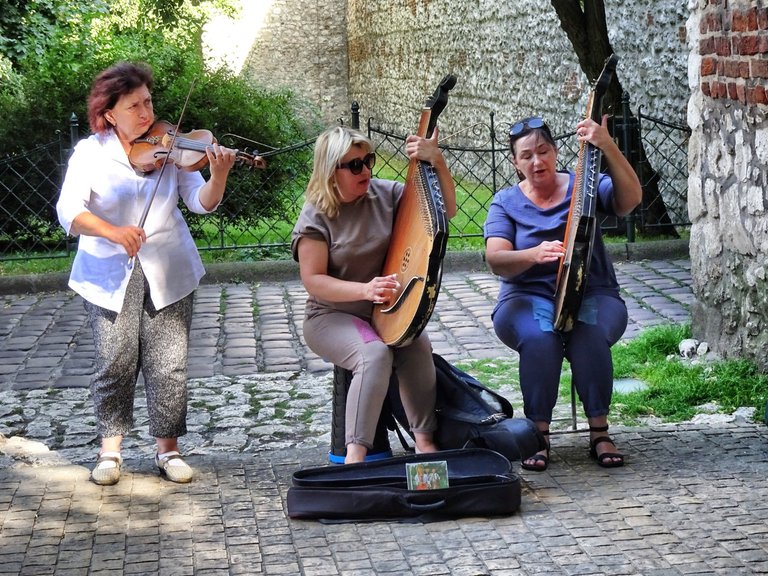
Would you like a break after so much sacred art? Maybe under trees? No problem. Krakow's next superlative is called Planty and is a four-kilometer-long green belt around the historic old town. Where soldiers once stood guard, today families and tourists stroll along secluded paths under shady lime trees.
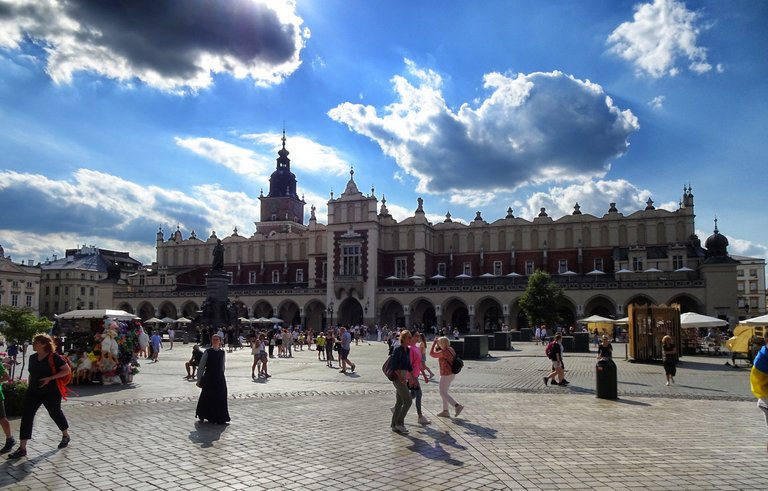
Flowers sprout in well-tended borders. Bubbling fountains in beautiful pools. Lanterns and benches convey a strolling flair like in the 19th century, when this landscape was created.
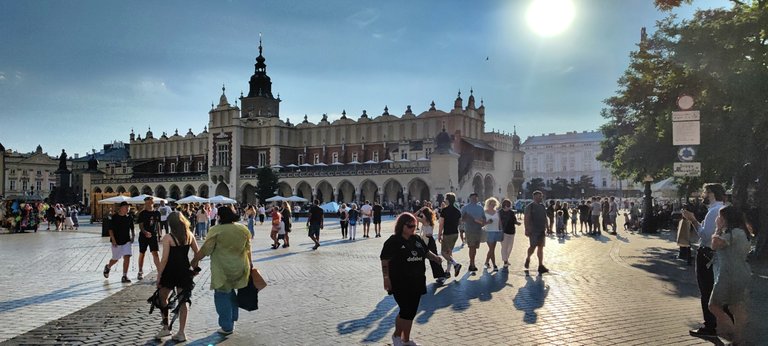
"Lady with an Ermine"
There are also various sights right along the way or just a stone's throw away: St. Florian's Gate and the Barbican - two impressive remains of the former city fortifications. The venerable University of Collegium Maius, whose puppet show delights visitors every two hours.
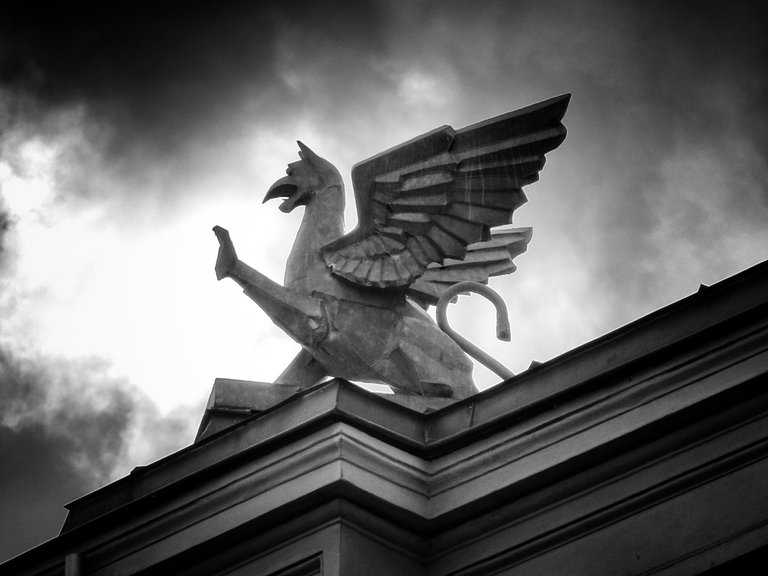
The Czartoryski Museum with Leonardo da Vinci's "Lady with an Ermine" as the showpiece. Or the theater modeled on the Paris Opera House with a magnificent facade and no less magnificent interior. And there is the Schindler Museum, modern, but historic - we will see later.
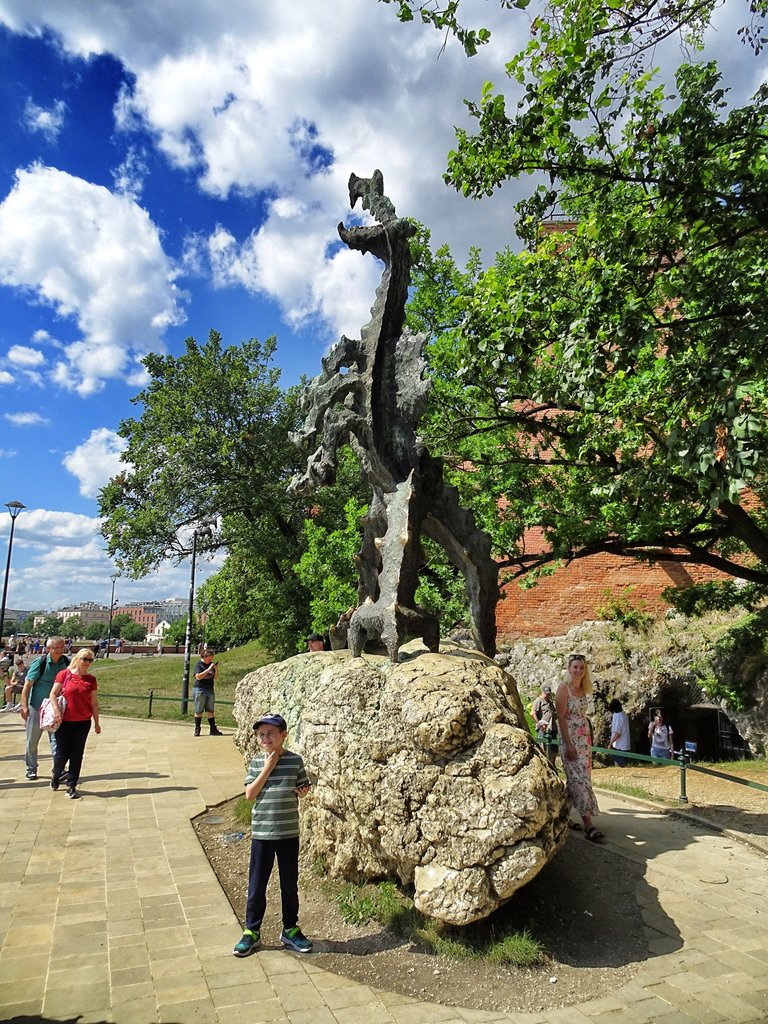
A second very pleasant alternative to the hustle and bustle in the center: take one of the wooden boats on the Vistula promenade below Wawel Hill and let the fresh wind blow around your nose for half an hour. Just a hand's breadth from the water, completely new views of Krakow and its waterfront areas emerge - churches and monasteries also play a dominant role.

Only in Kazimierz everything is a little different. More anarchic. More chaotic. More melancholic. The district south of the center is often compared to the trendy districts of Montmartre, Soho or Prenzlauer Berg - and in fact the density of artists and creative people, galleries and antique shops, clubs and pubs is much higher than anywhere else in Krakow.
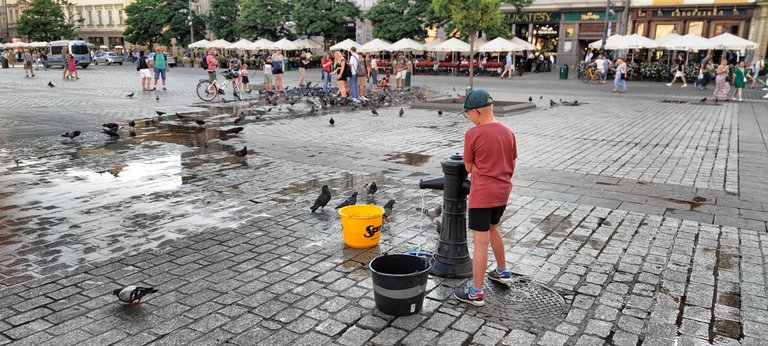
And yet Kazimierz has a character all of its own. For over four centuries and until the Second World War, Kazimierz was nothing less than one of the most important Jewish centers in Europe.
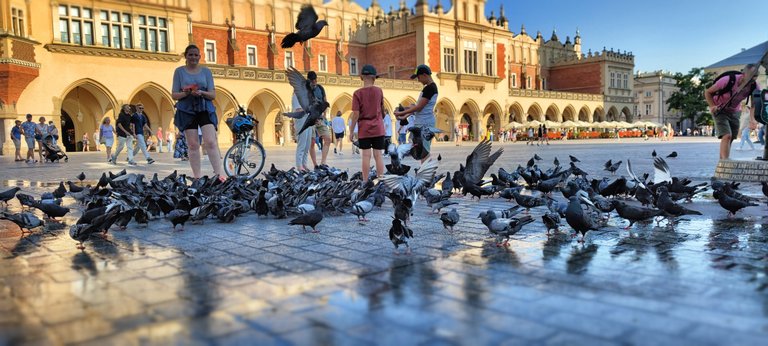
Synagogues and Cemetries
The shop windows of a restaurant on Szeroka Street reveal what it must have looked like back then. The Old Synagogue - the center of social and religious life before the Nazi era - is now home to the Museum of the History of Krakow's Jews. Four other synagogues and a large and small Jewish cemetery with a wailing wall are further evidence of this period.
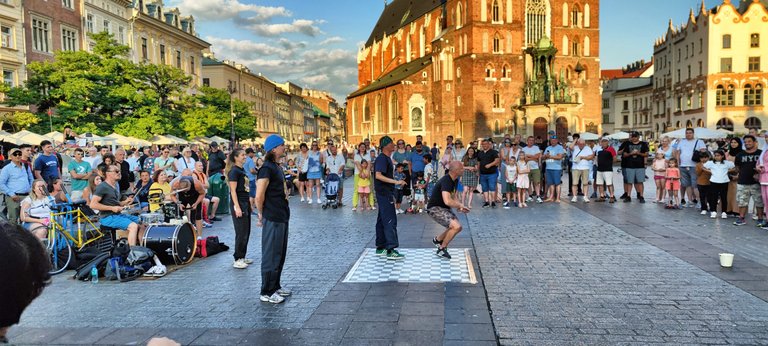
You can experience how lively Jewish culture is here in the evening when the Klezmer party takes place on the former market square. Until late at night. If you're lucky, maybe even with Kroke (Yiddish for Krakow), the first-class klezmer and jazz band from Kazimierz, which became known beyond the country's borders through joint performances with devil violinist Nigel Kennedy. Incidentally, for the British violin punk, Krakow has been the first choice for living and living next to London for several years - he will already know why.
Thank you for reading and if you like my work please follow me on Hive, Travelfeed or Steem or visit my homepage koenau.de
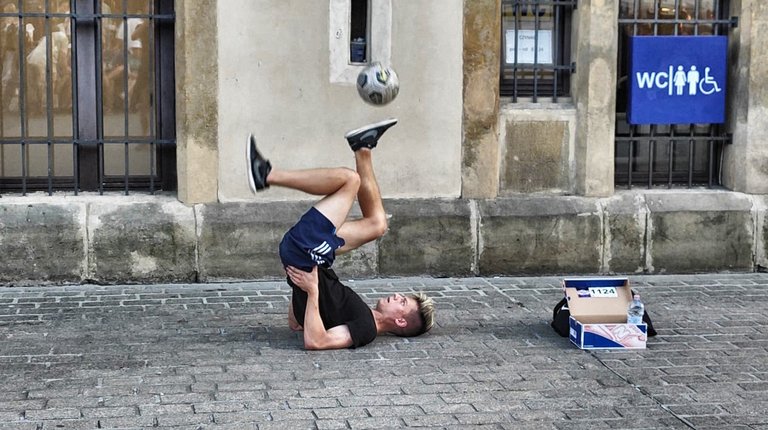

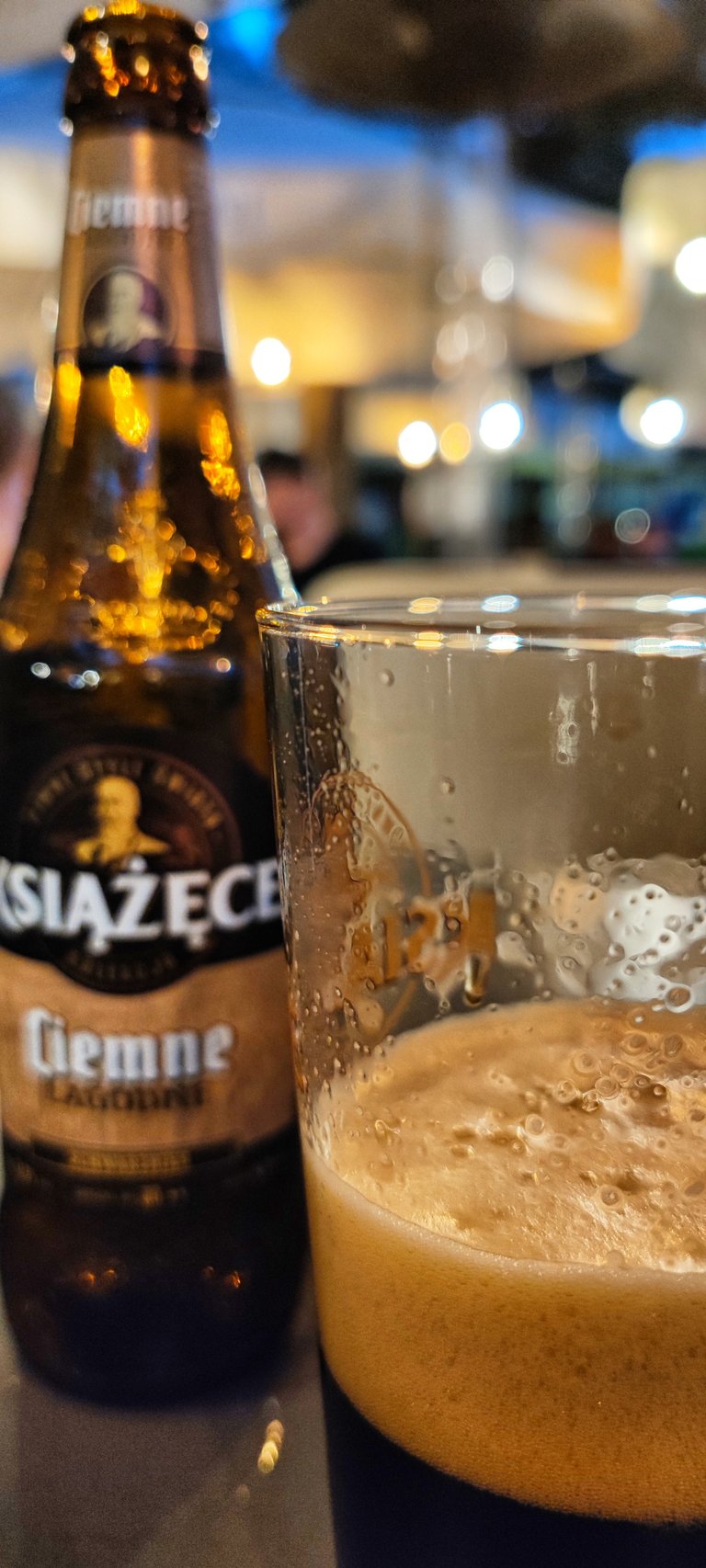

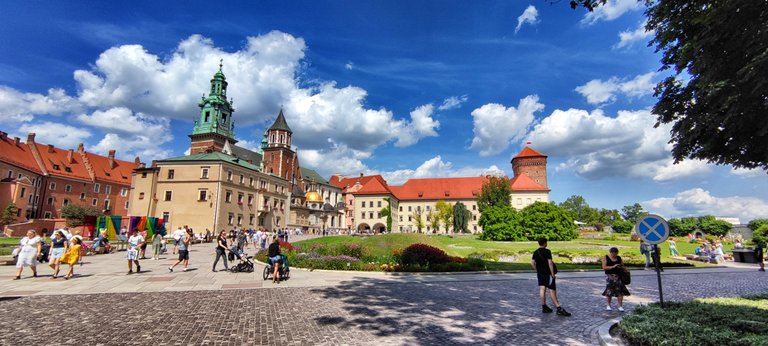
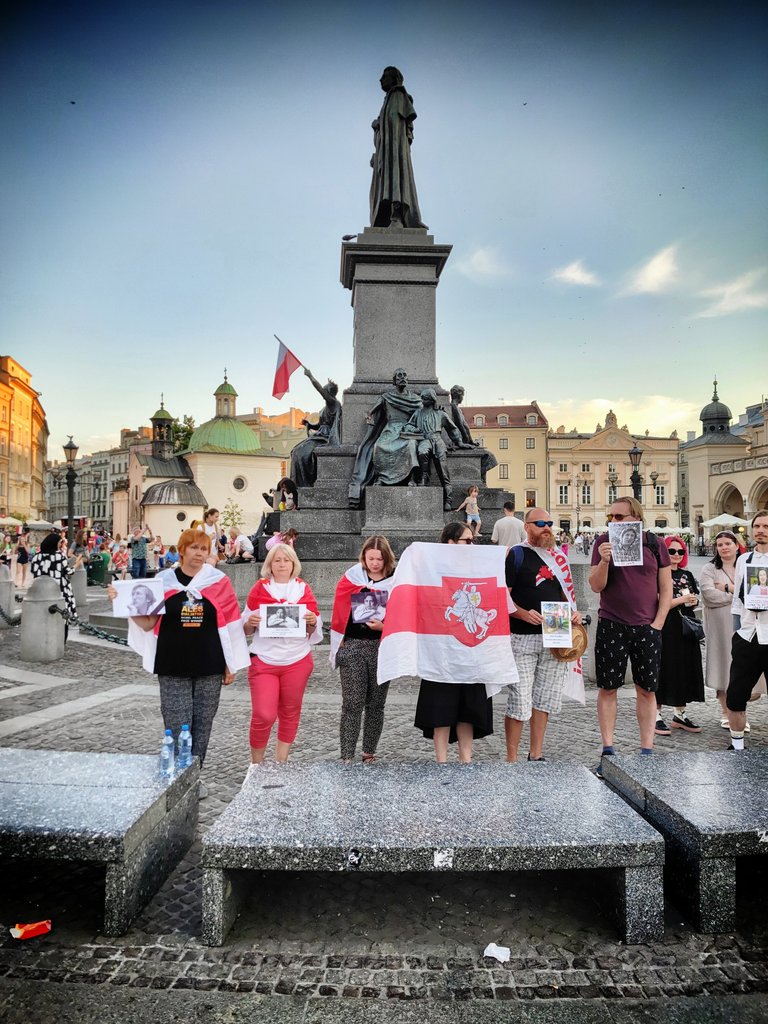
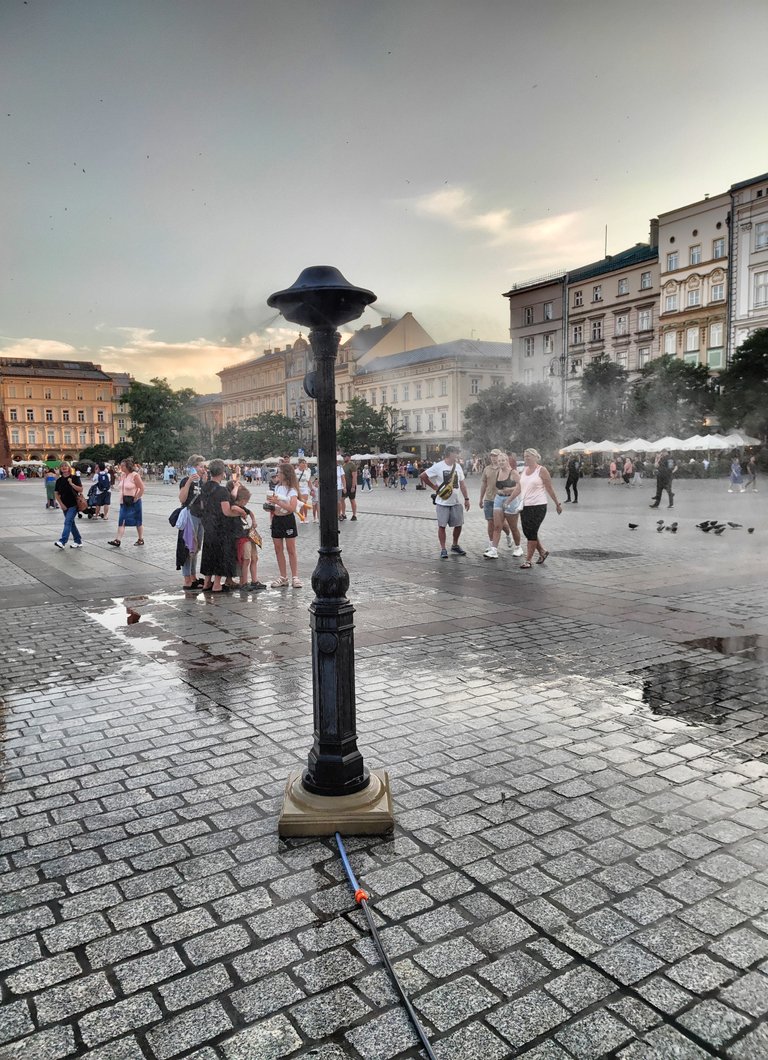
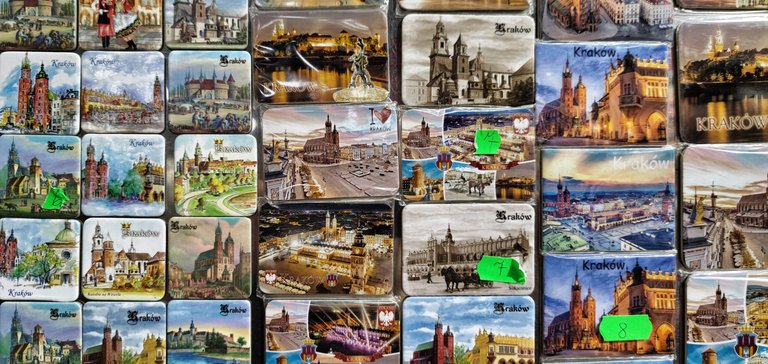

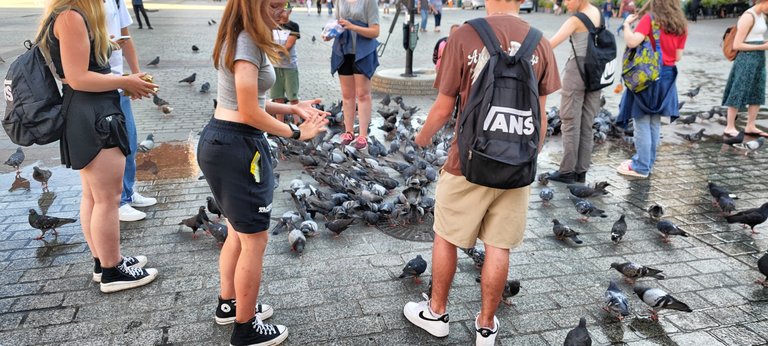
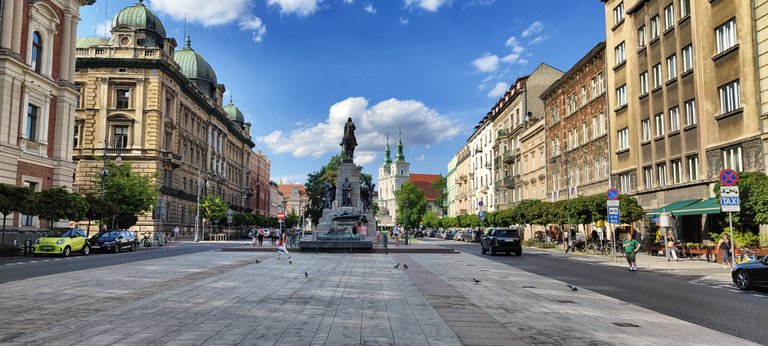
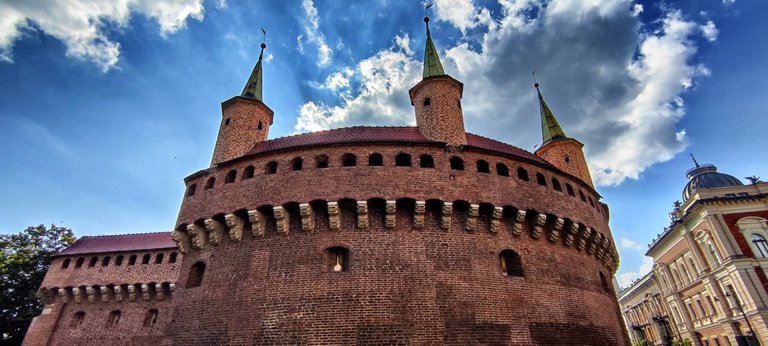
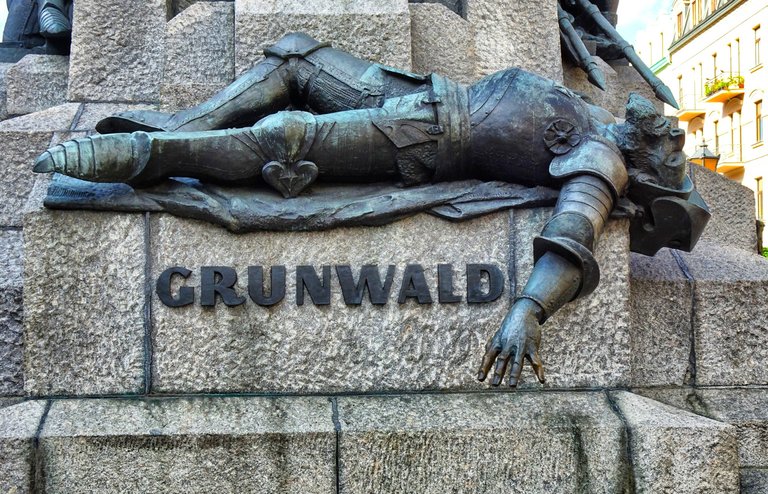
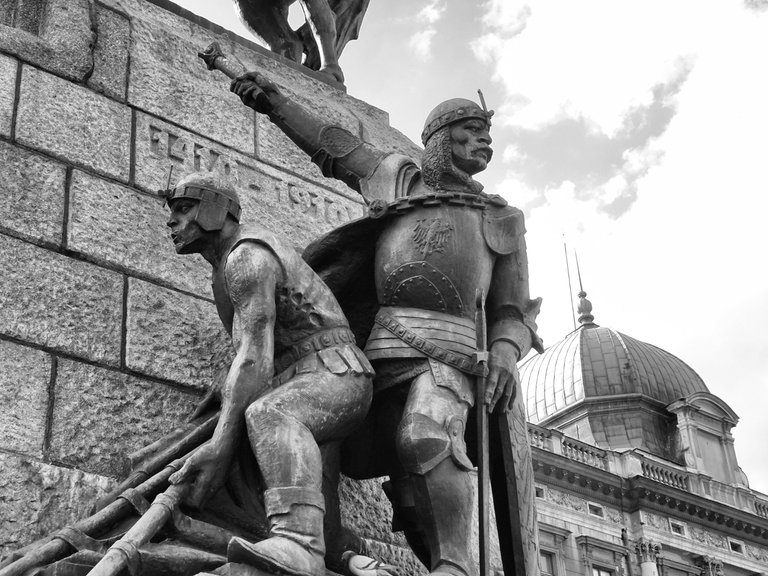
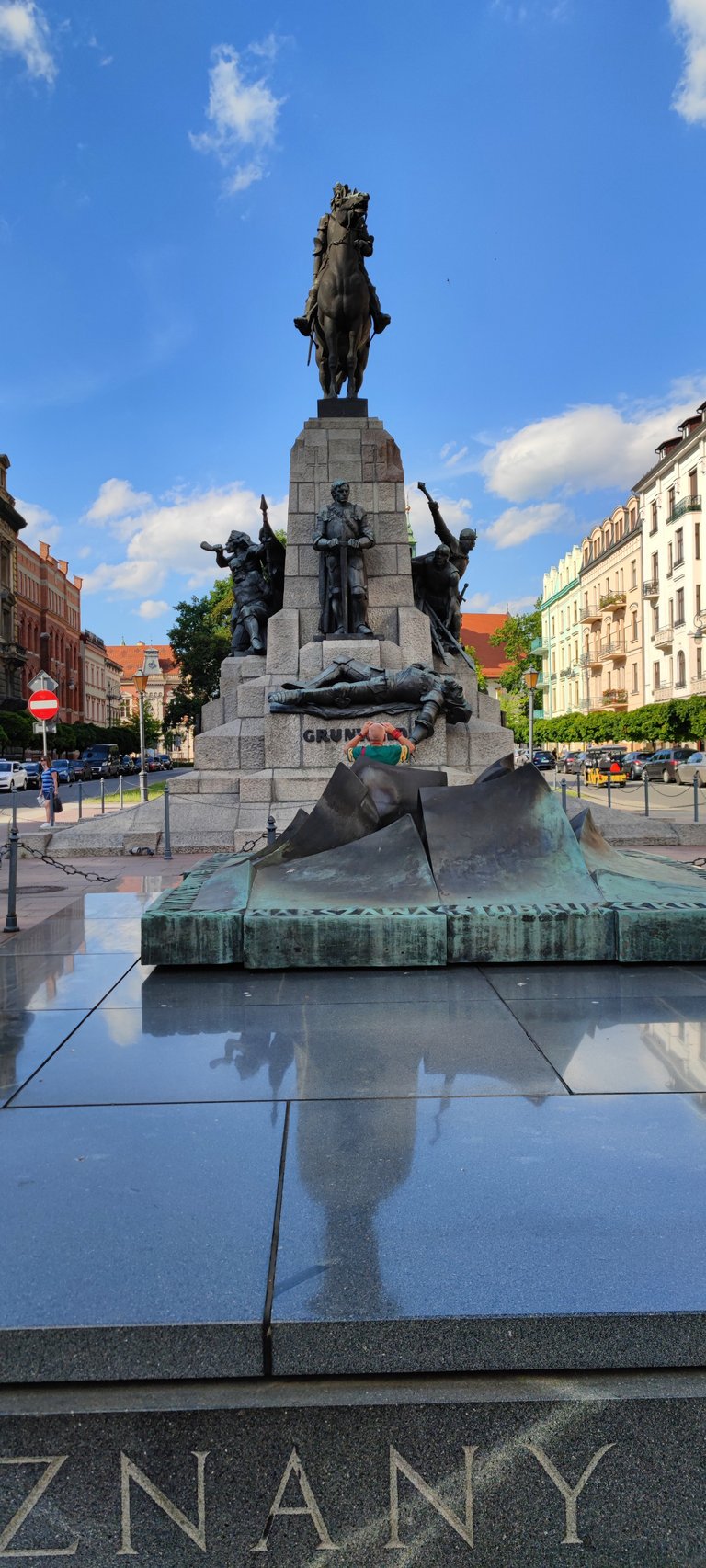
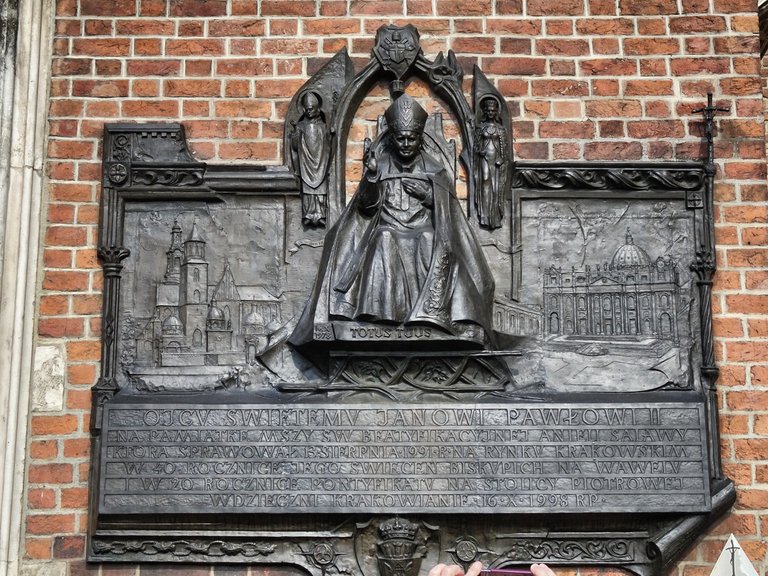
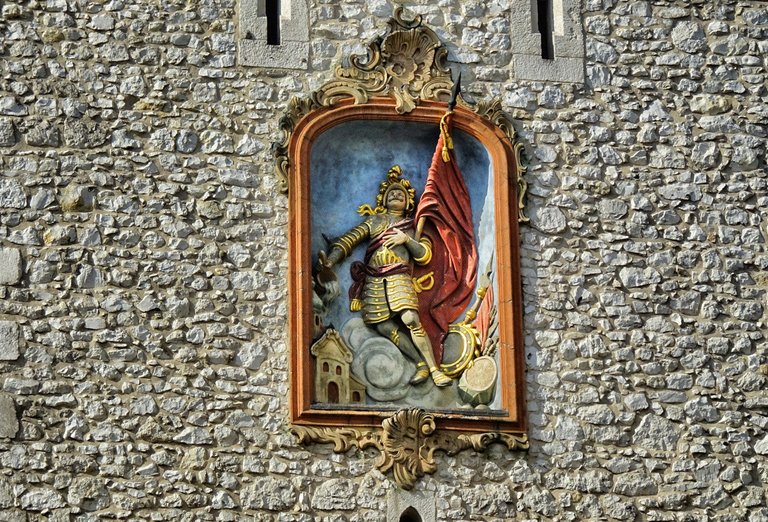
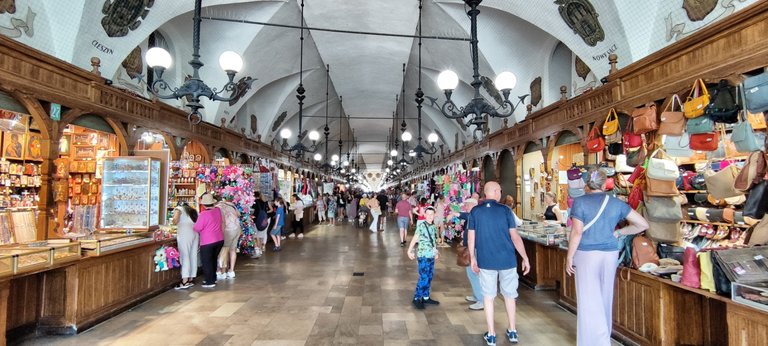
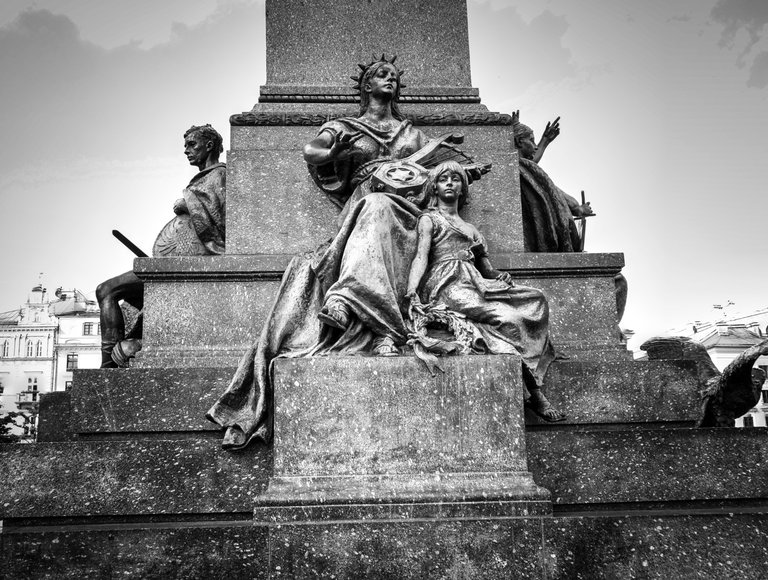
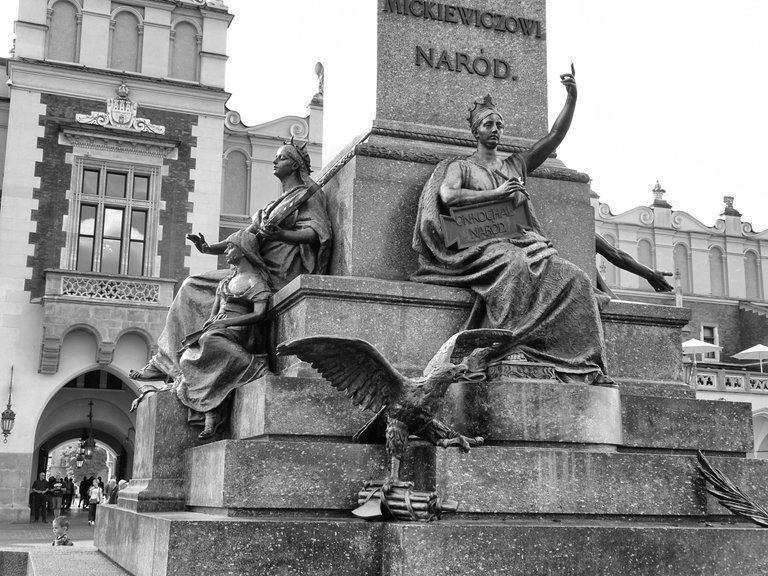
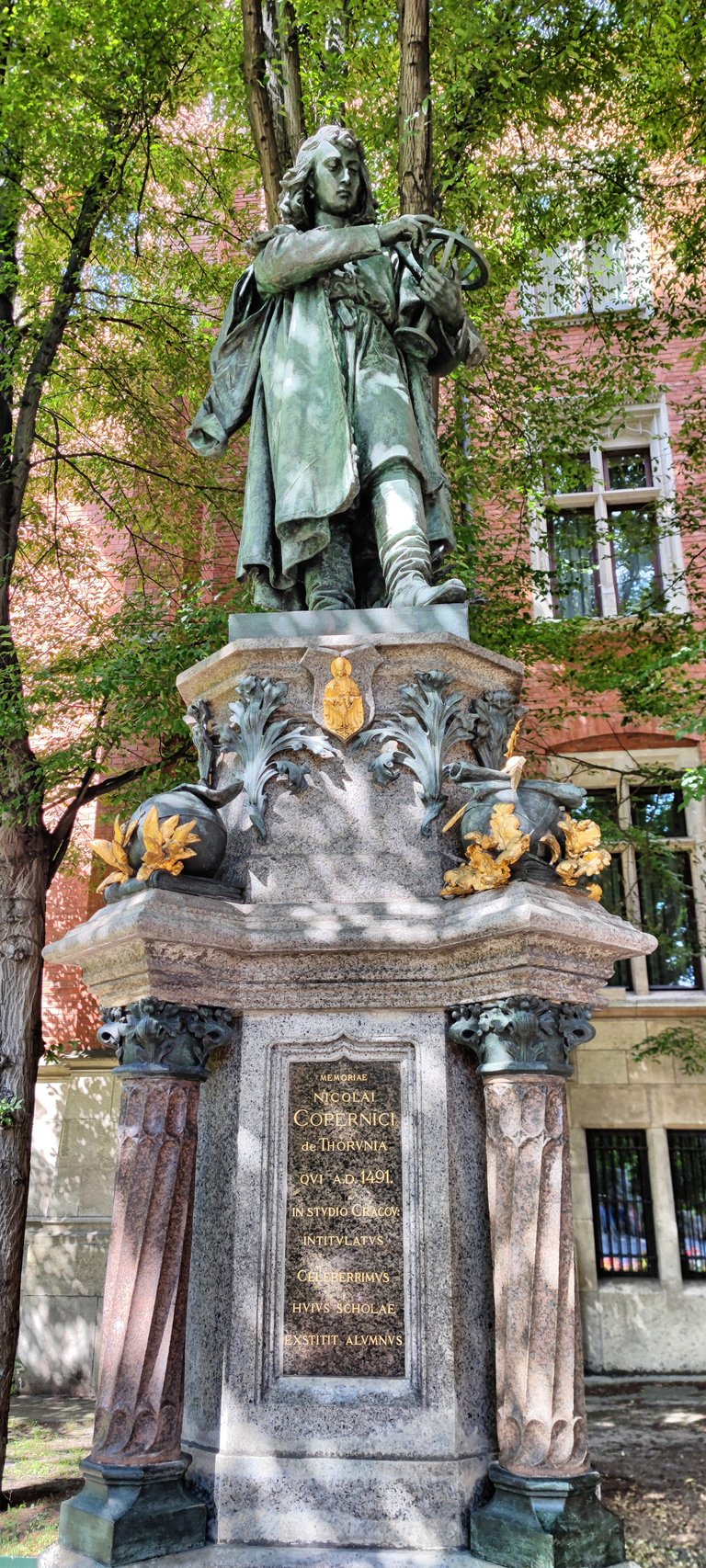

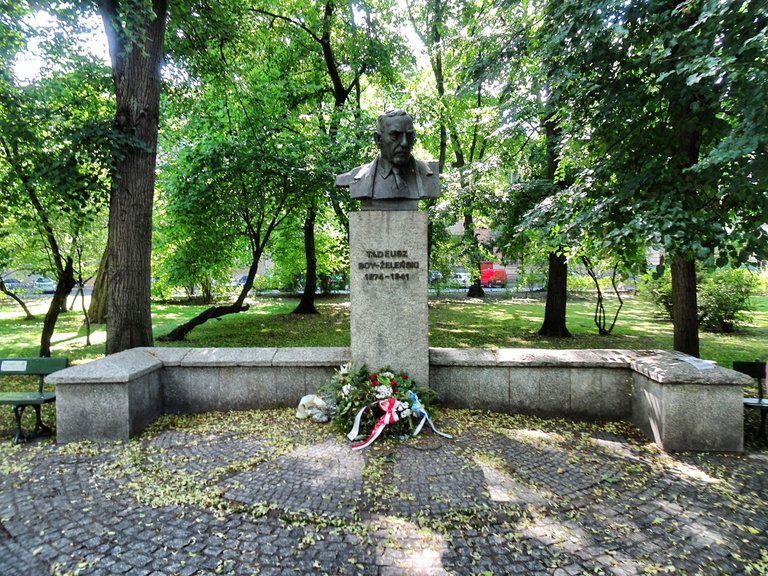
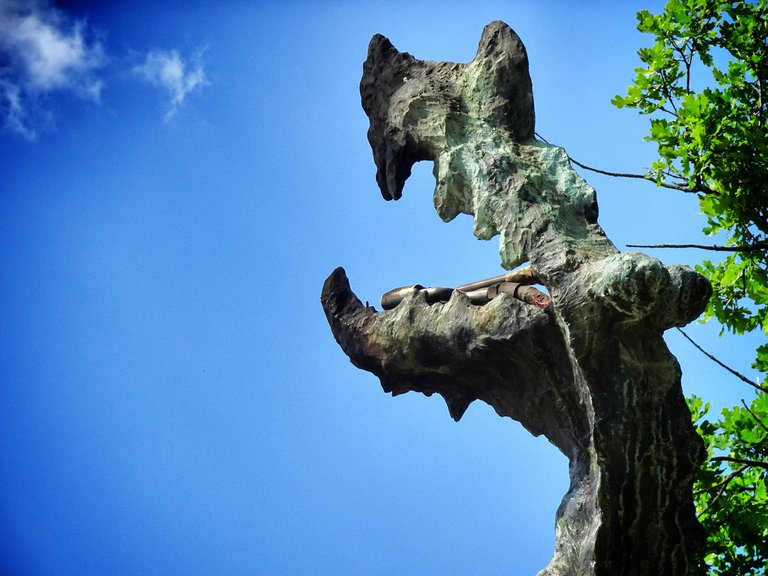
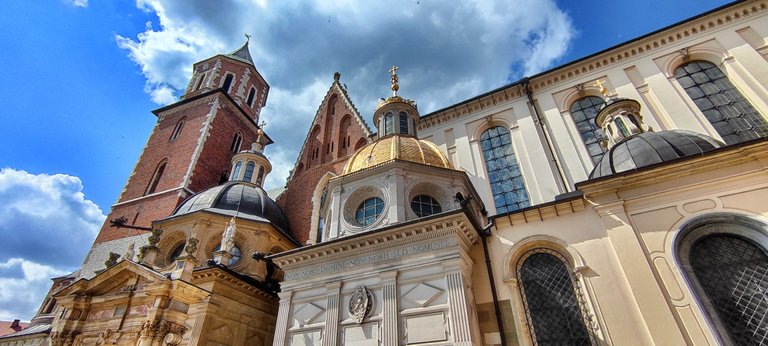
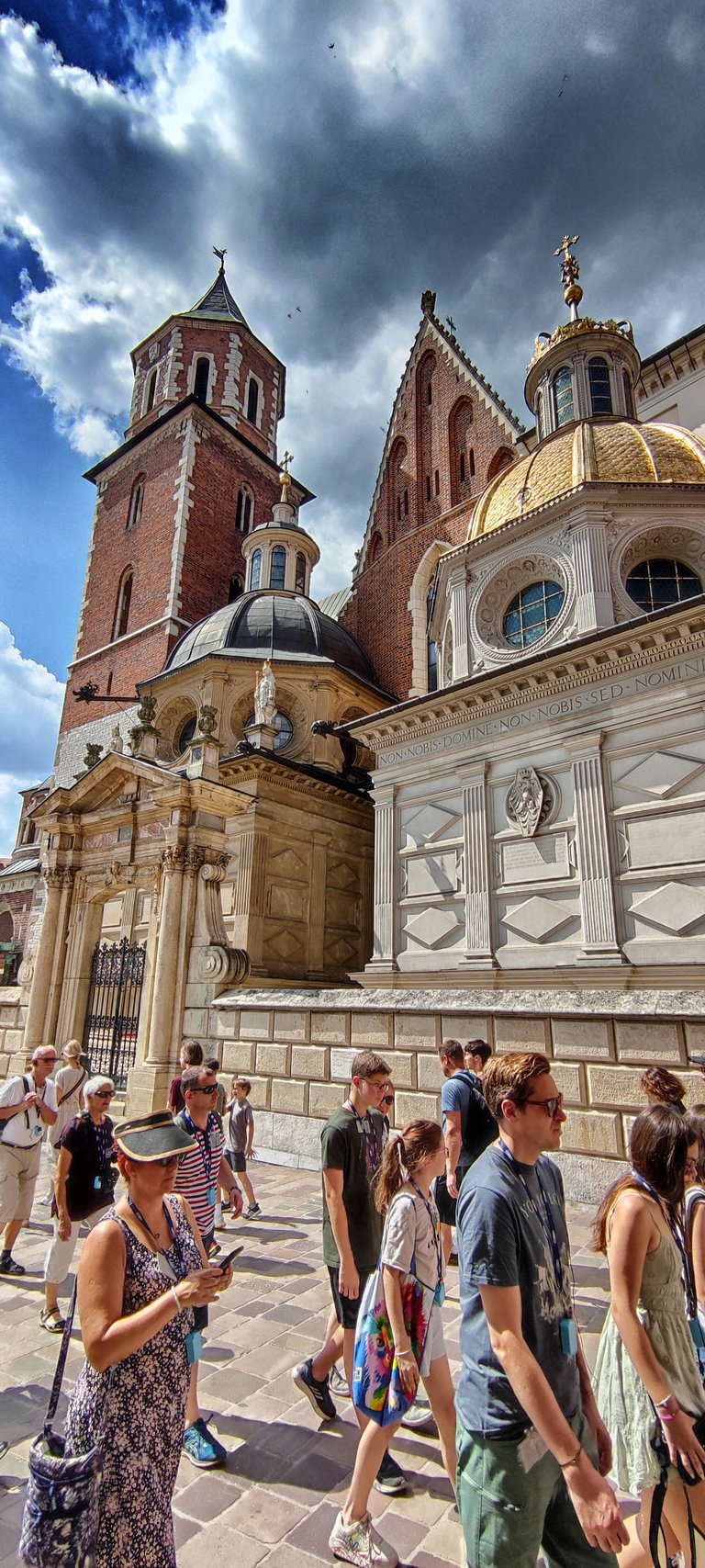
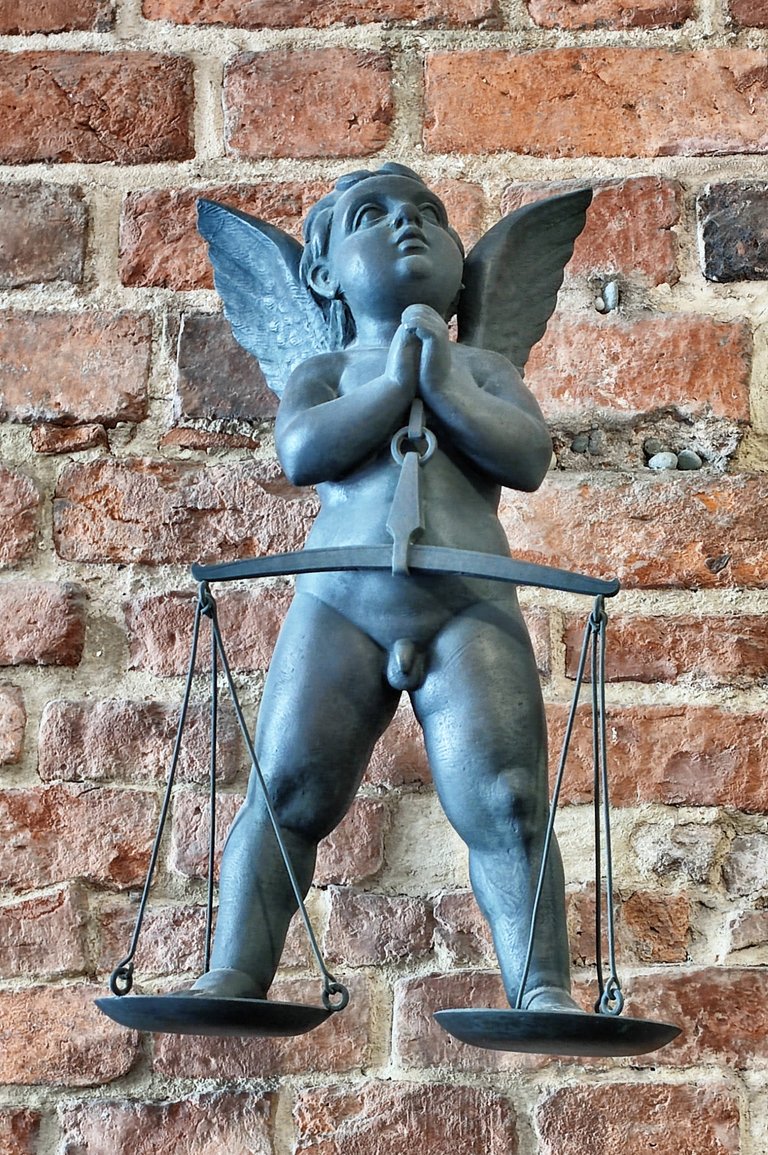
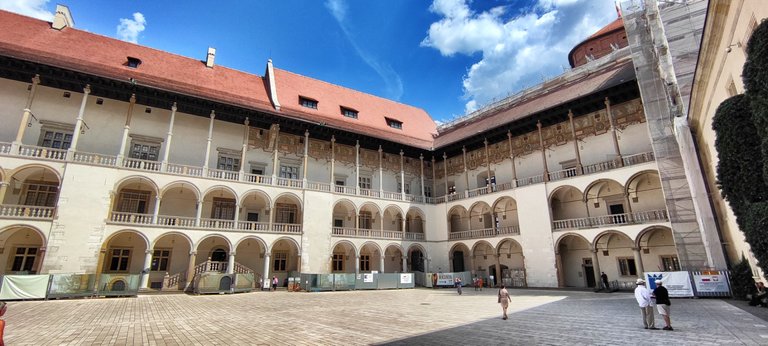
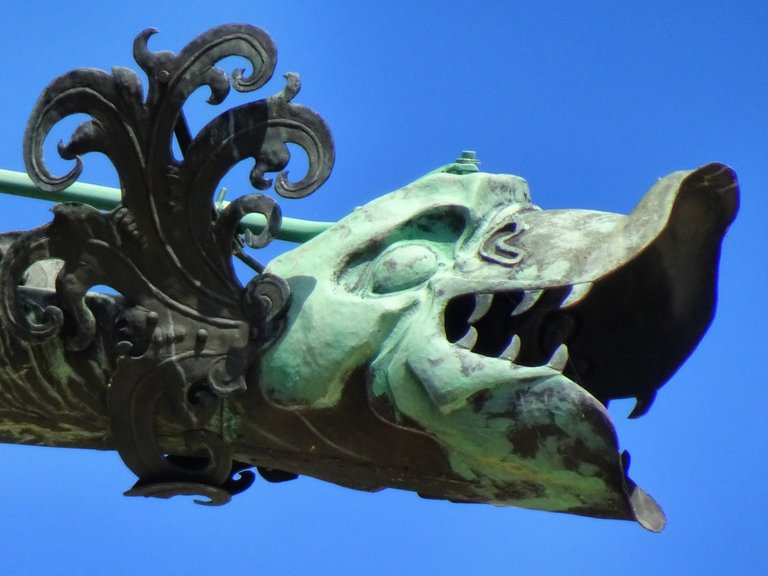

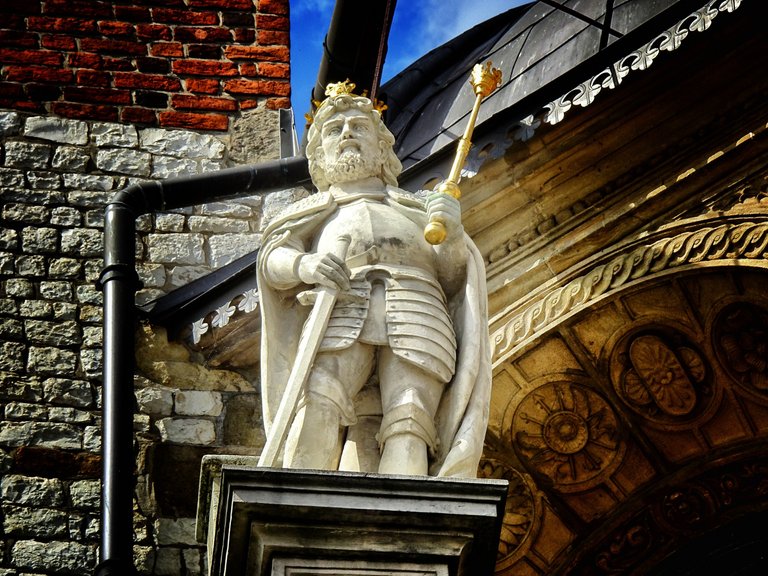
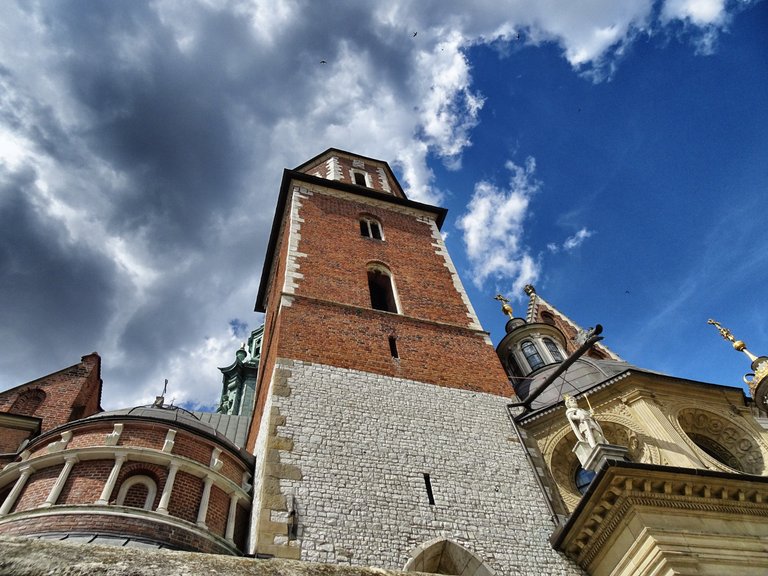
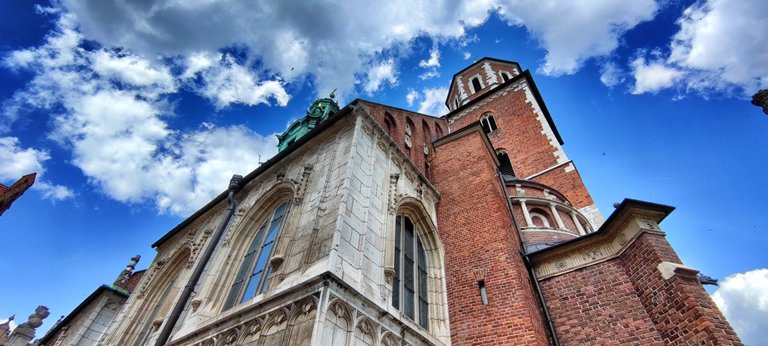

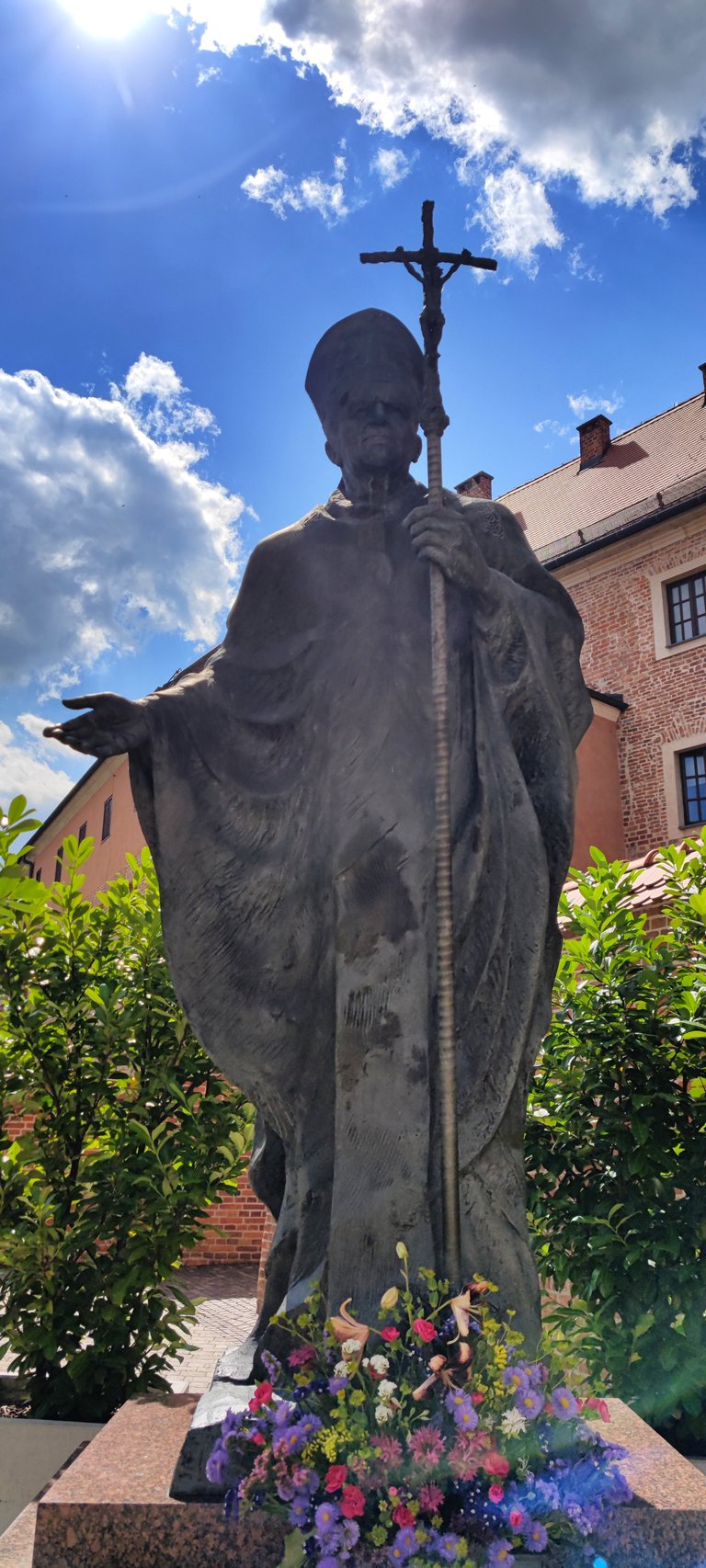
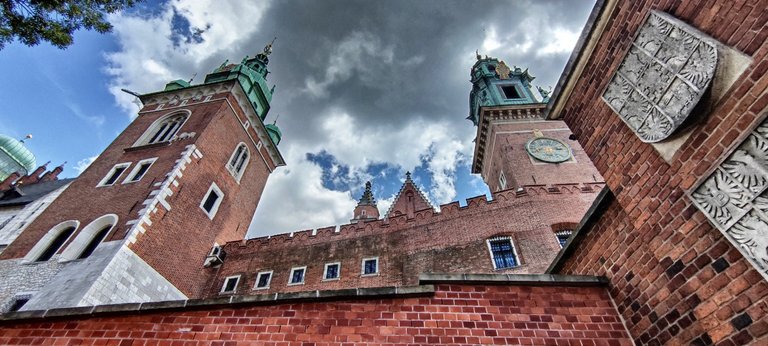
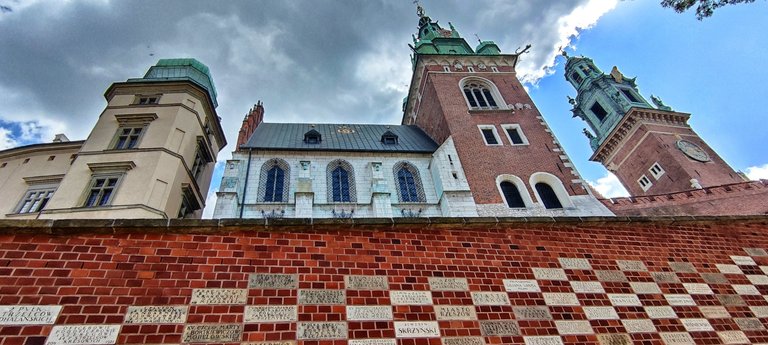
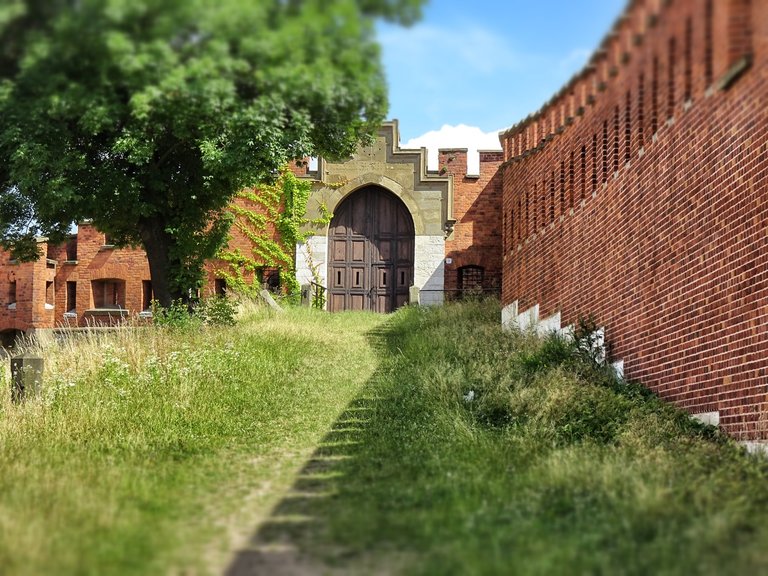
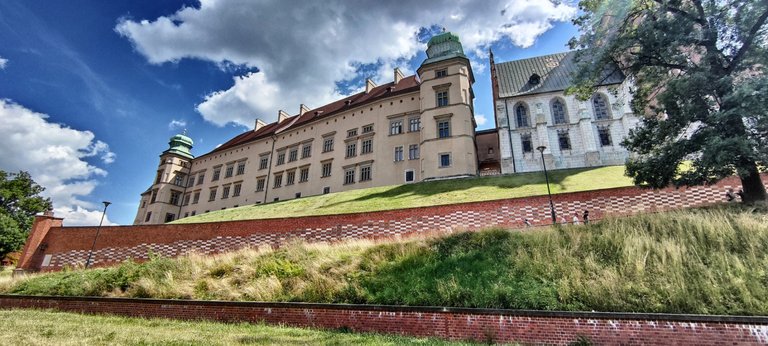
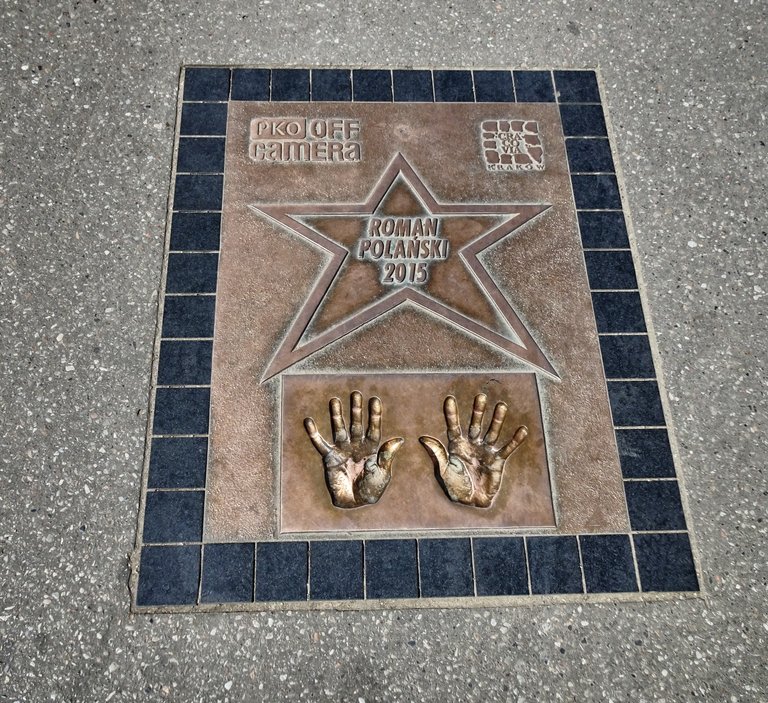
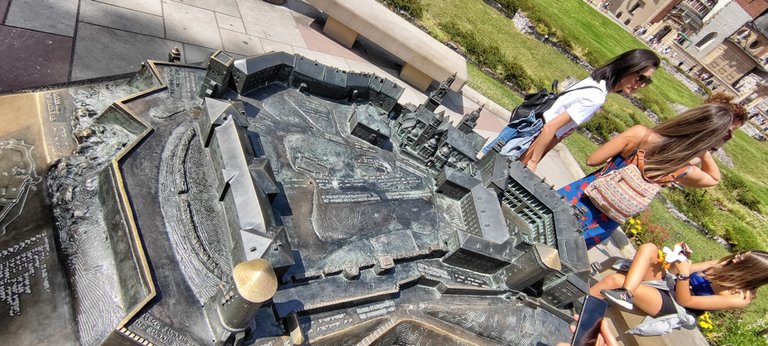
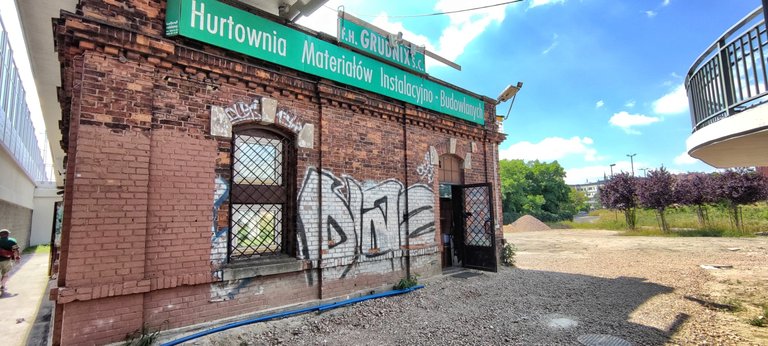

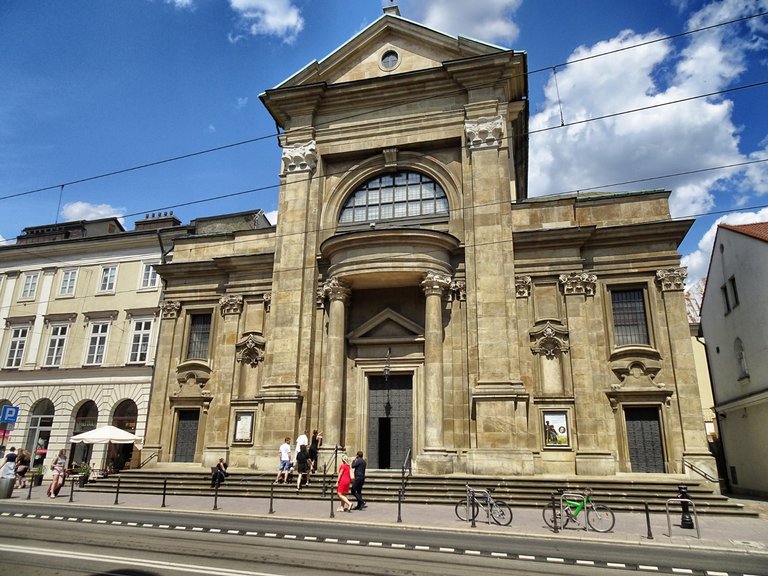
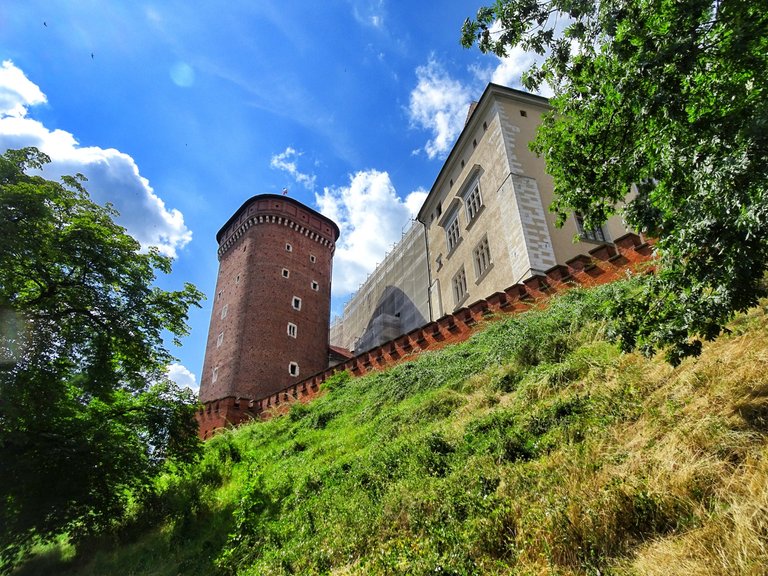
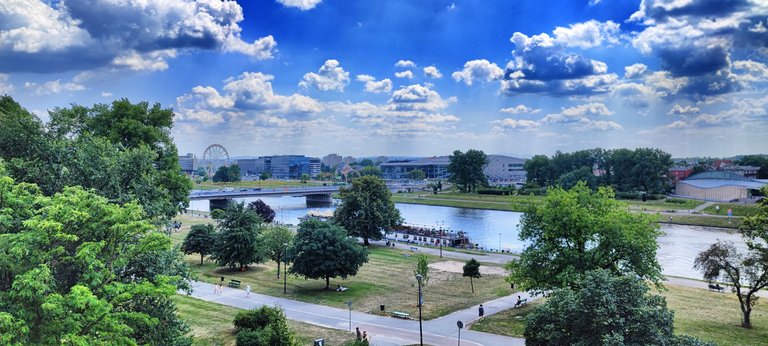
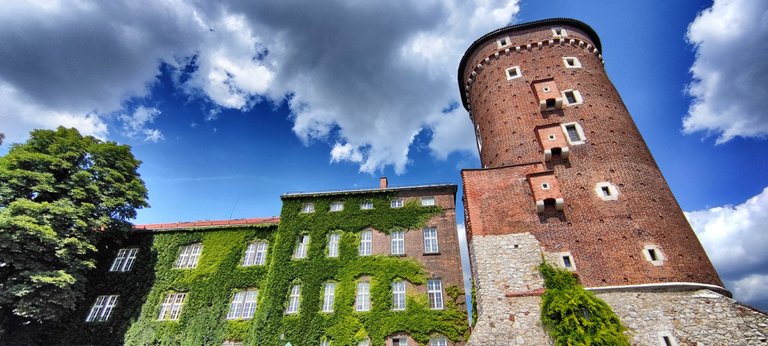
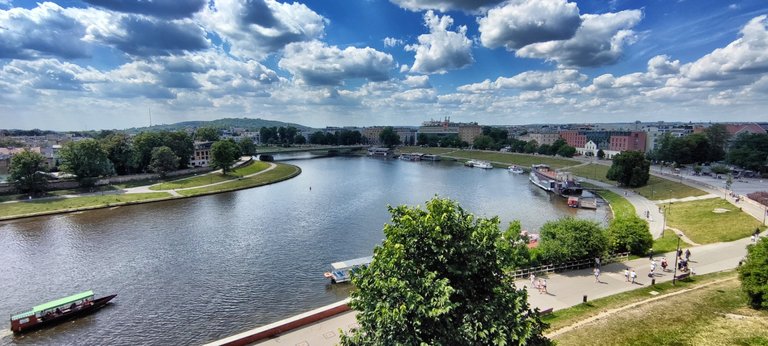


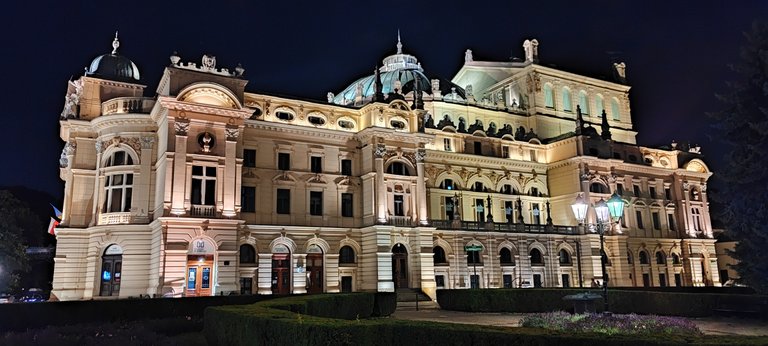
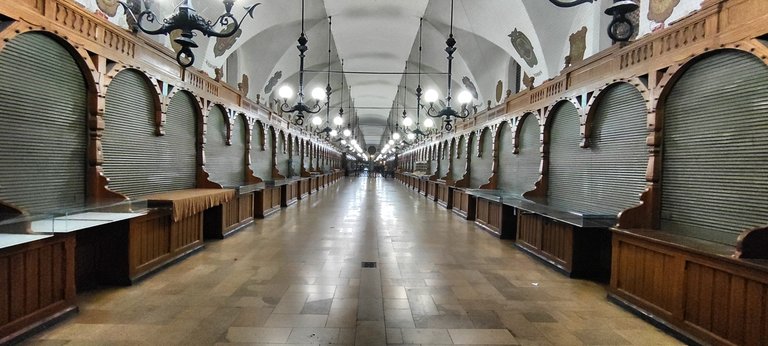
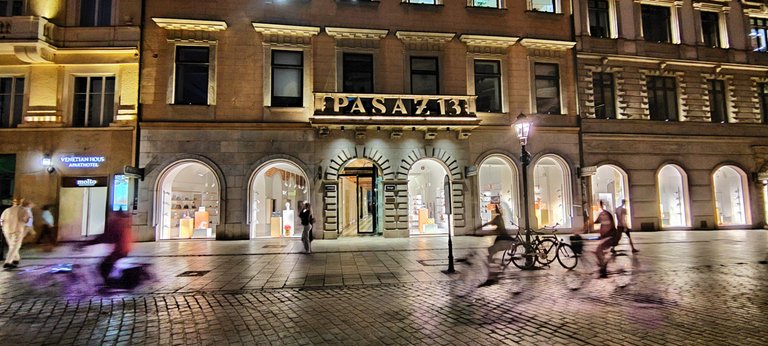
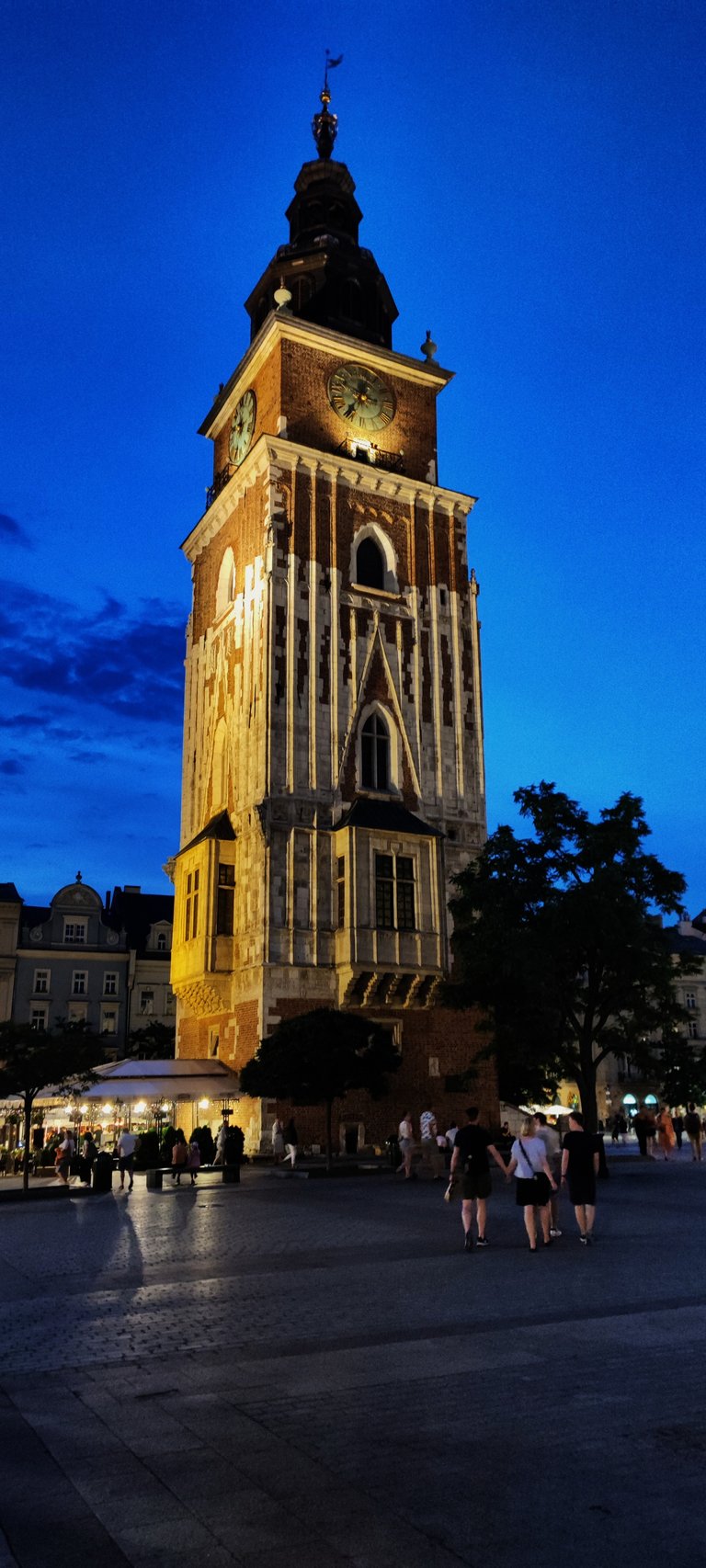
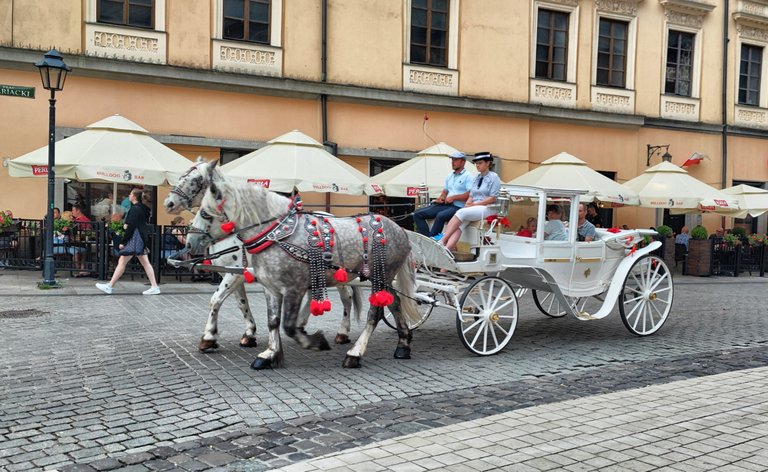
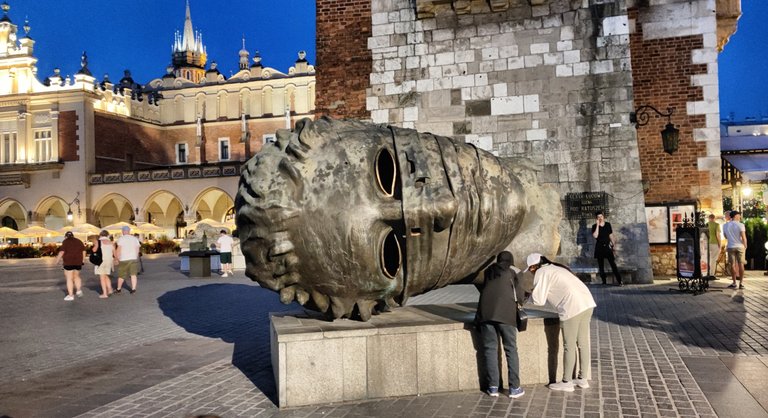
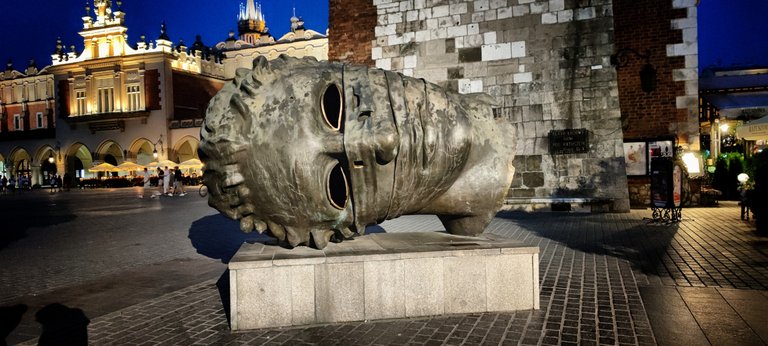
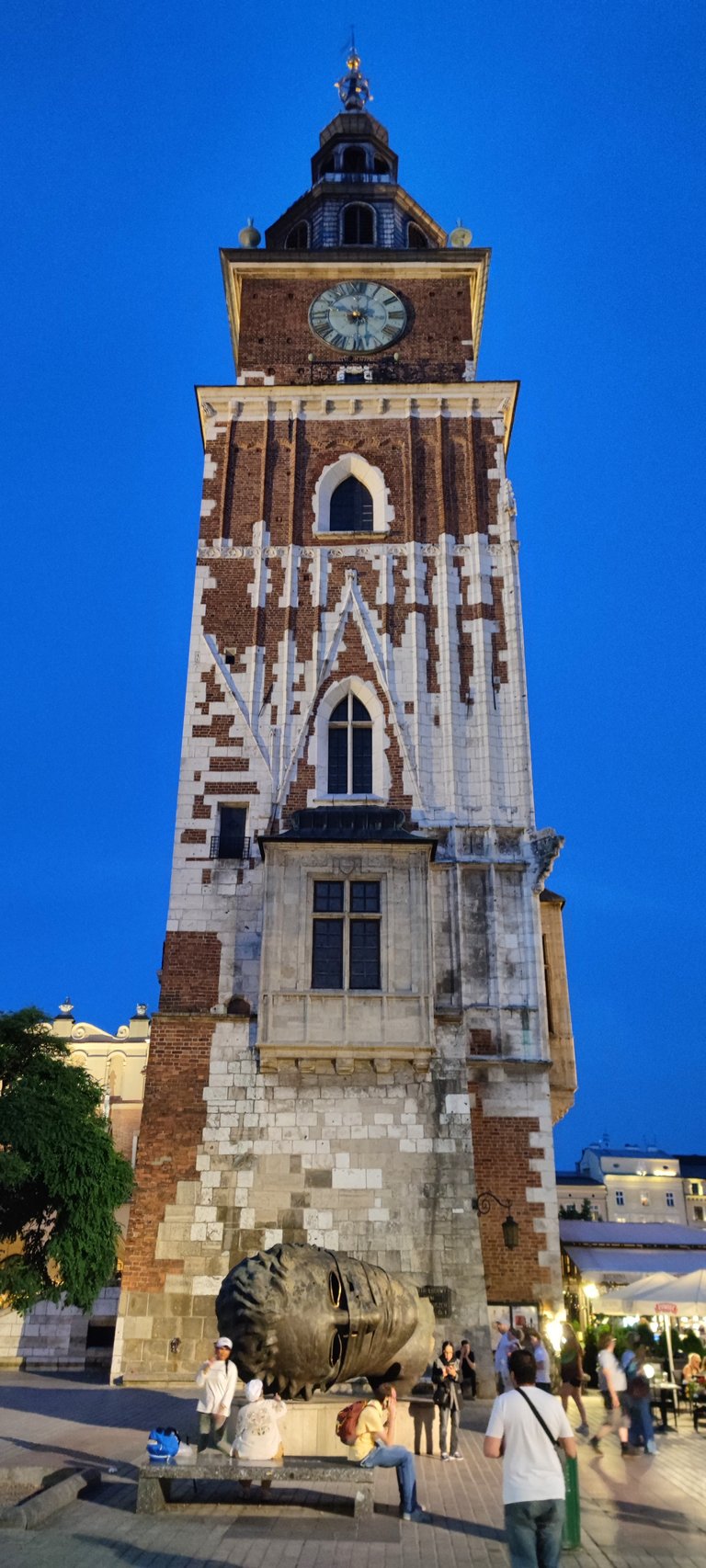
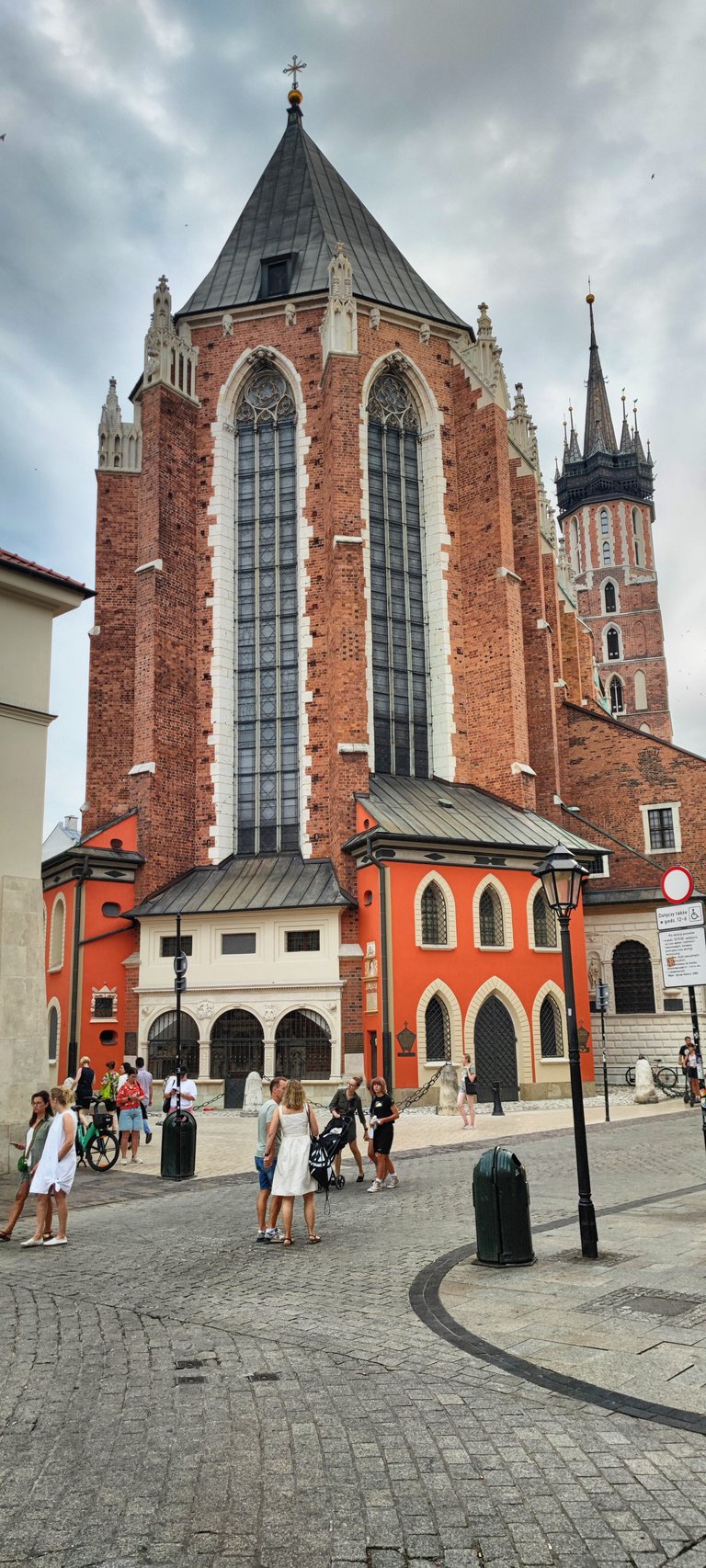
Just at the end of last year I was also in Krakow and I am very happy to see again through your pictures the places I have been too, thank you for that.
Great one here
Congratulations @koenau! You received the biggest smile and some love from TravelFeed! Keep up the amazing blog. 😍 Your post was also chosen as top pick of the day and is now featured on the TravelFeed front page.
Thanks for using TravelFeed!
@for91days (TravelFeed team)
PS: TravelFeed is in social media to reach more people, follow us on Facebook, Instagram, and Twitter.
Thank you for the friendly support!